What is Dapp? Full Guide on Decentralized Apps in 2022 | Cryptogeek
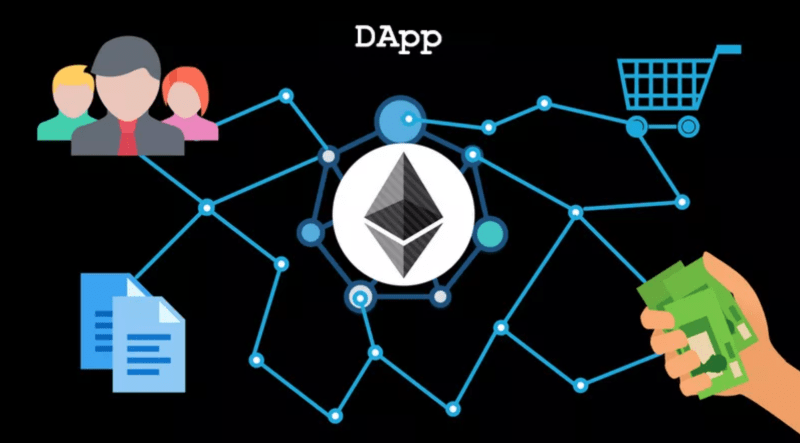

- What are Dapps?
- Pros and Cons of Decentralized Applications
2.1 Pros
2.2 Cons - Examples os Dapps
3.1 Best Ethereum Dapps
3.2 Best Tron Dapps
3.2 Best EOS Dapps - Conclusion
Many people didn’t understand the world of blockchain that brought tons of new words, phrases, and abbreviations. Even though the technology has been around for over a decade, not a lot know how it works, and that is what is confusing when we talk about it. One of the many unknown aspects of blockchain are Dapps, and today I will answer that question. I will outline the pros and cons of Dapps as well as mention some that exist and are being used daily.
What are Dapps?
Dapps is short for decentralized applications. At their core, the decentralized applications work the same as centralized ones and will offer the same set of features. The difference is that a decentralized application is developed and run on a blockchain network. Contrary to popular belief decentralizing something like an app or a service is not necessarily a bad thing.
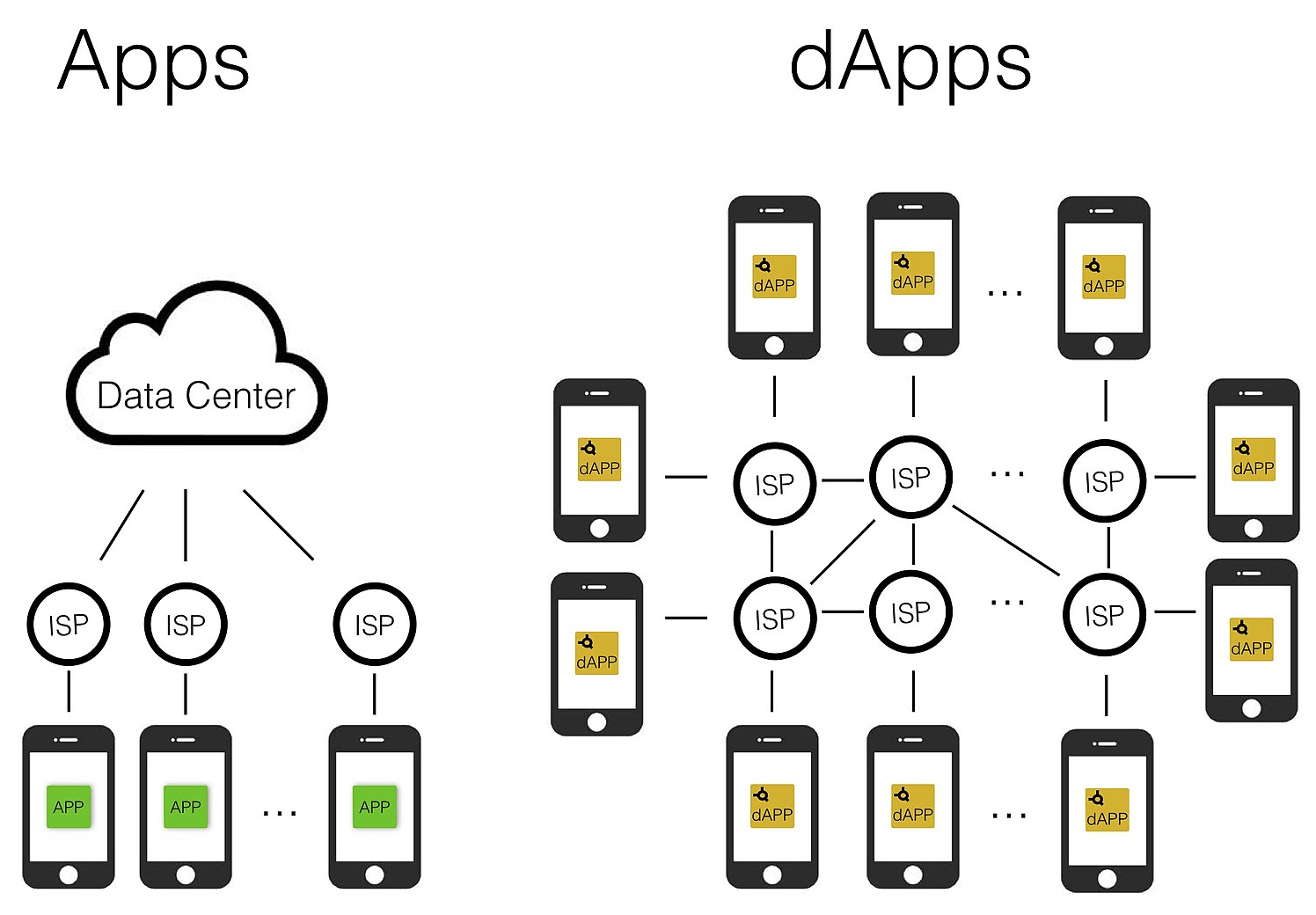
Being accustomed to centralized apps, most of us feel a sense of safety, and that is not because they are entirely secure. Centralized apps have been around since the dawn of computers, and we’re accustomed to them. Decentralized applications are relatively new, and most of us are kind of scared of them. Well, there is nothing to be scared about, and I will explain why.
Decentralized applications, often referred to as distributed applications, provide some improvements compared to centralized ones. Unlike most of the apps you may find today; decentralized ones have a set of features that makes them unique. Due to the flexibility, not all of them will have the same features, but one thing they all have in common is the fact that they are built on a decentralized network.
With that said, there are three aspects that make them decentralized. The first one is the fact that they are open-source. Users run decentralized networks, so an application developed on that type of platform will need to be open-source in order to be decentralized. The next aspect is the public records. Blockchain networks are decentralized in nature and are often referred to as public ledgers. This means that the records are publicly available, and even though no one on the network can change or tamper with them, other users will be able to access them in a read-only format. Of course, this doesn’t apply to any kind of records. Decentralized applications usually rely on the same principle, which is what makes them transparent in nature. On the security side of things, decentralized applications rely on crypto tokens that ensure that no one tampered with anything and provides the security that many of us want.
Pros and Cons of Decentralized Applications
Distributed applications, just like anything else in the world, have their advantages and disadvantages. Even though the pros outweigh the cons, I’m trying not to be biased and tell both sides of the story.
Pros
The lack of a central entity controlling the app means that decentralized applications are more privacy-oriented. The fact that there isn’t a single entity point means that governments, companies, or hackers can use it to spy on the users. Everything is scattered throughout the network, and getting one part of the whole is pointless and useless. That’s because, in order for someone to get every piece of data, he or she will need all the pieces. Something like a puzzle, one piece will not show you the entire picture.
Services or applications often experience downtimes, and that is due to their centralized nature. A website hosted on a server is centralized, meaning that if the server goes down or gets hacked, the website will go down. Decentralized applications avoid that problem entirely because the entire application relies on thousands or millions of nodes on the whole network. If one of them goes down, another one will take its place, and the app will continue to work. All of that will happen without the user ever knowing that something happened.
I already mentioned this, but I’ll have to repeat it. Dapps are often open-source applications meaning that the code behind the app is not safely kept secret. For the average user, this means nothing, especially for those with no coding experience. On the other hand, developers welcome this because they’ll be able to “review” the code and make sure that there isn’t something that should be there. It’s not something that you should know if you’re using a decentralized app, but if a developer notices something wrong, you’ll know about it too.
Security is the final advantage I’ll mention. There are a lot more, but these are the most important ones. Decentralized applications are hack-proof, and there is no getting around that. A hacker can access a server by identifying the server’s IP address and looking for exploits, which is one of the most considerable drawbacks of centralized applications or services. A decentralized app has no server, meaning that there is no IP address, so the hacker can’t do anything. Even a node manages to get hacked; I already mentioned that one piece of the entire network is worthless.
Cons
It’s not all positive though, dapps have a few downsides, and the biggest one is speed. Decentralized apps rely on nodes on the network, and the speed at which things are working will depend on the nodes’ connection speeds. A server will have a gigabit connection, so the user will have a smooth experience and will not experience any lag. The nodes on dapps will rarely have that kind of connection, so the experience can sometimes be laggy.
Since dapps are not as popular, they suffer from the lack of available users on the network. The goal is to have a decentralized application, and the more nodes or users the app has, the more secure and decentralized it will be. One of the main reasons for not having too many users is the user-interfaces of the apps. In a lot of cases, you will be looking at a below-average looking interface, which will drive a lot of first-timers away.
Examples of Dapps
Distributed applications have been around for a while, and there are a few platforms that “hosts” them. Here are some of the more popular and most used ones.
Best Ethereum Dapps
Among the most popular Ethereum dapps are MakerDAO and Uniswap.
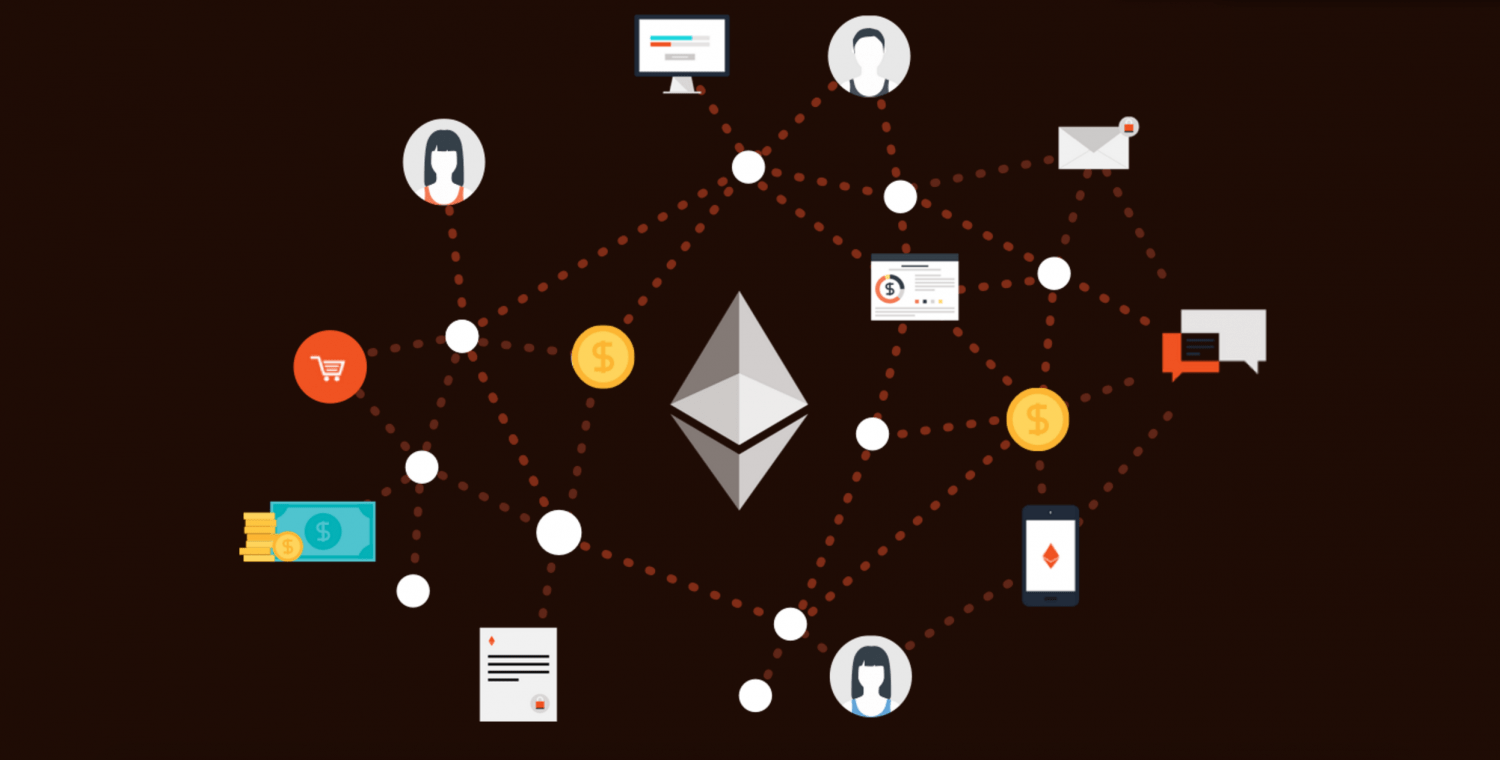
MakerDAO is a platform for saving and borrowing. Users that have Ether can replace them in the form of a loan and get DAI. The user can do whatever it wants with DAI; they can request to get their ETH back with additional fees associated with it.
Uniswap is an Ethereum based platform for token swap, or in other words, it’s a decentralized exchange.
Best Tron Dapps
TRON is often considered a platform for games, so the most popular Tron dapps are games.
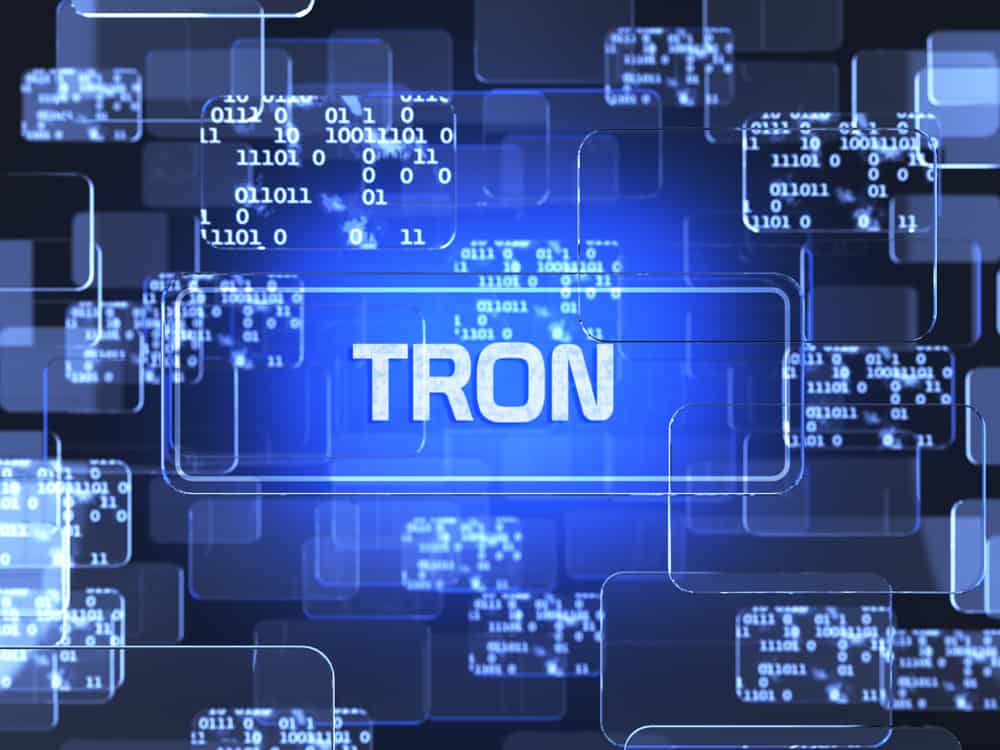
The first one, called IOI, is a game that combines trading crypto assets with gaming. ECO Game Center is a gaming platform where the more you play, the more you have the opportunity to earn. Like Steam, but with an income option.
Best EOS Dapps
One of the most popular EOS Dapps is Upland. It is a game where you manage virtual real-estate, something like Monopoly on a blockchain. The game rewards you with its own cryptocurrency UPX whenever you make an achievement.
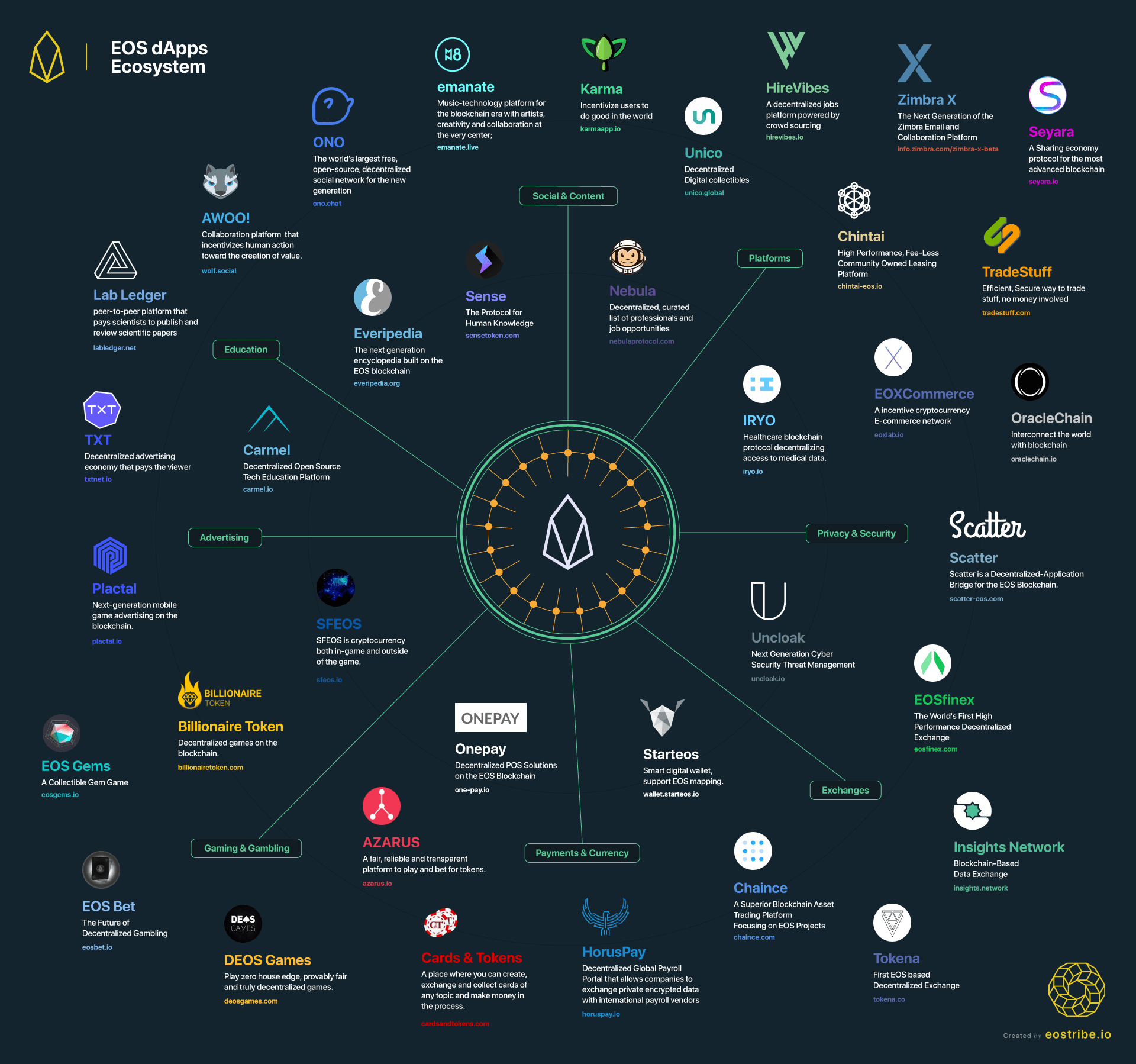
The other popular EOS Dapp is another game, Chain Clash. In the game, you own an avatar that you can train and fight against other players. You can also form clans with other users and go after other clans on the network.
Conclusion
Decentralized applications are still in their infancy. The network may exist for a while, but people’s relentless from the things they don’t understand is why dapps still haven’t caught on. As I explained in the article, tons of advantages can make today’s centralized apps and services obsolete. I believe that one day, dapps will overthrow a centralized app from the throne. There are indeed some drawbacks and a few things that developers need iron out, but at the end of the day, dapps have shown to be an excellent improvement over the standard centralized apps.







Here are no comments yet. Be the first!